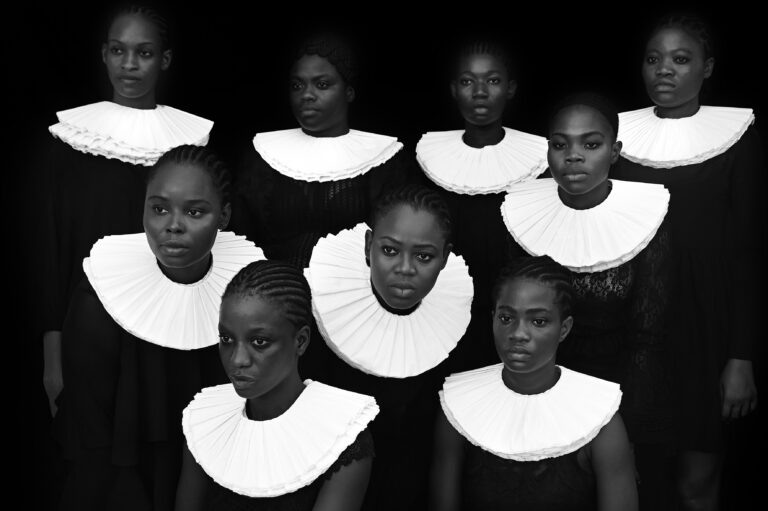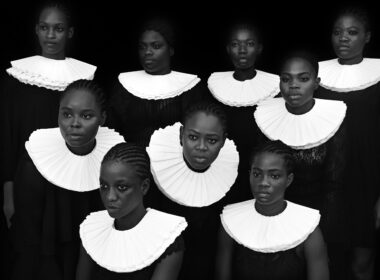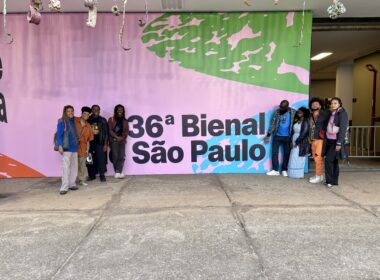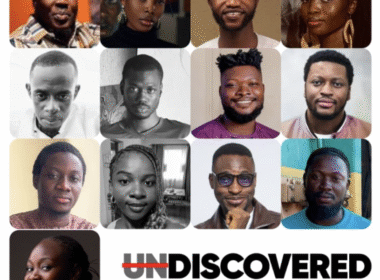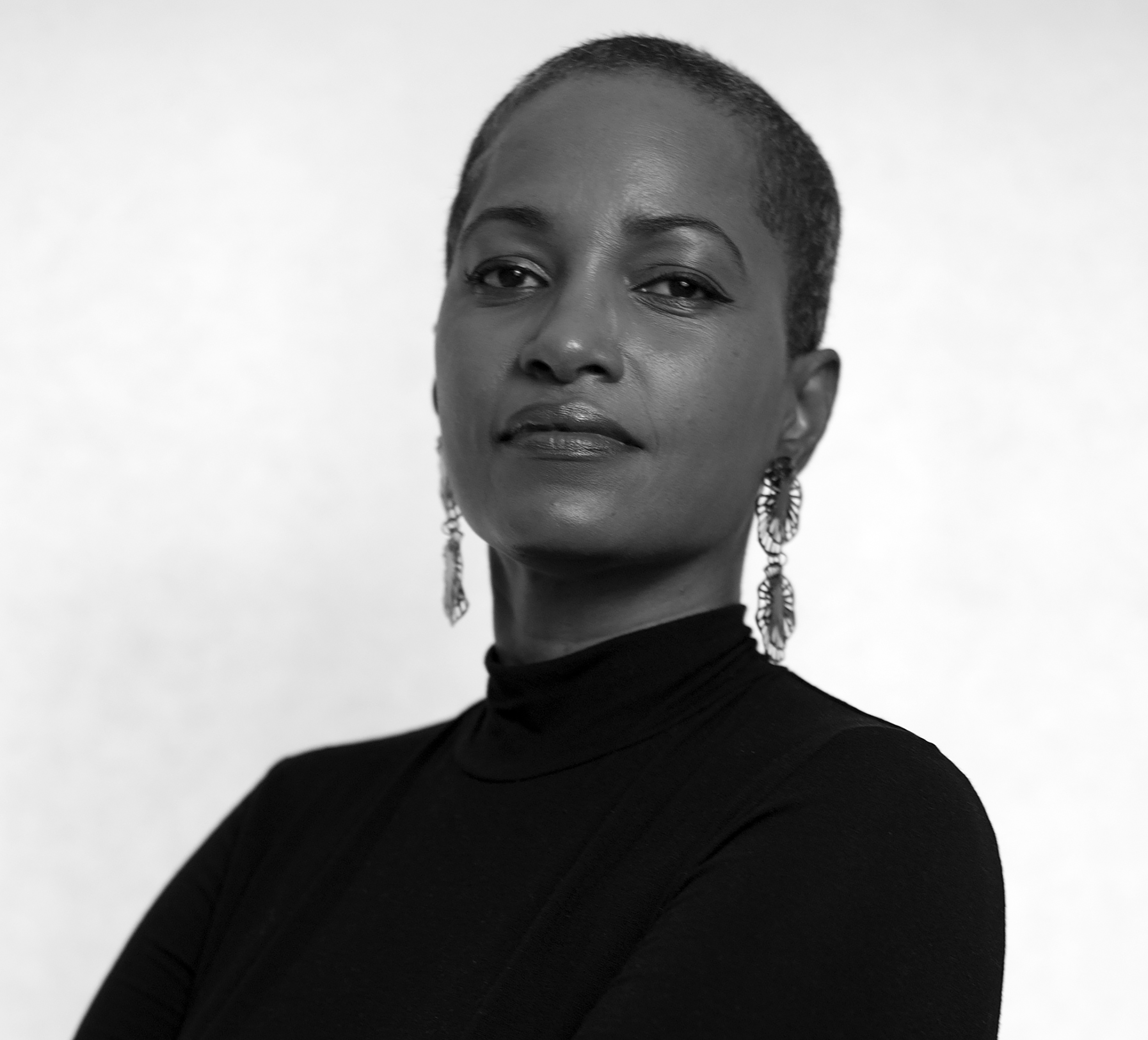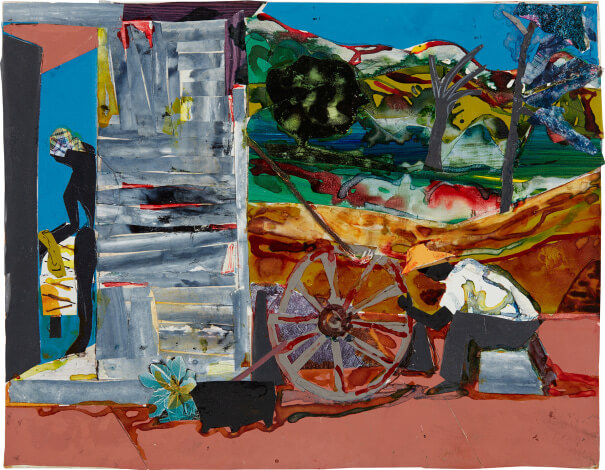Above: Johanne Rahaman. Photo by Maggie Steber
Documentary photographer Johanne Rahaman has traveled the state of Florida in search of the persistence of Black presence; miraculous proofs that, as Mama Lucille Clifton testified, every day, something has tried to kill us and has failed. Black life perseveres.
Over 1,000 miles away from the home of her birth in Trinidad and Tobago, Rahaman has sought to archive familiar and familial reflections of Black life in Florida.
“I’m always homesick, so in 2014, after not going home to Trinidad for 17 years,” Rahaman said, “I started driving through Liberty City in Miami, which reminded me of the place I grew up. I wanted to create a record for myself. It was like voyeurism at first, and then that changed. I try to challenge mainstream narratives of Black communities being deemed problematic.”
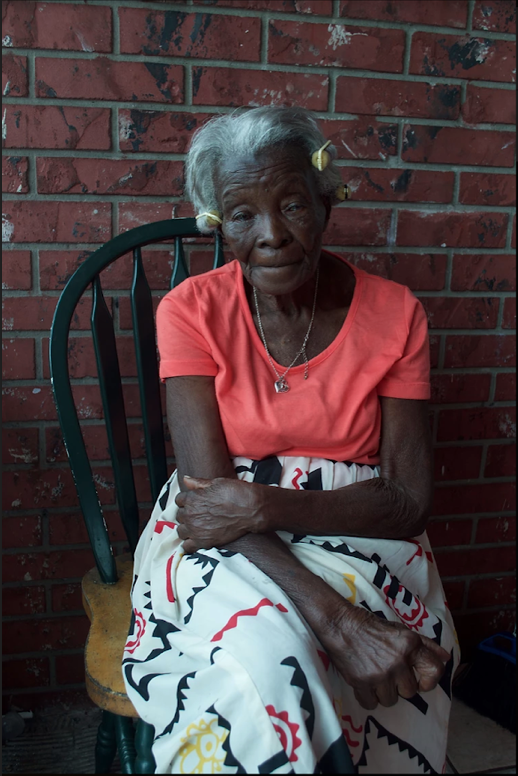
The images she captured during her explorations through Florida found the Black Florida Project, a living photographic archive of poetic portraits. The collection documents young and old, the mundane and the magnificent, and typically highlights instances of Black joy. As an archive and an ever-expanding collection, the Black Florida Project disrupts and decenters troubling fixations on lack, criminality and poverty; conditions that have been posited by popular culture as comprehensive representations of Black experience.
The project offers a humanizing lens that aligns with efforts initiated by Frederick Douglass in the early 19th century and continuing through contemporary photographers including Deborah Willis, Gordon Parks, Jamel Shabazz, Renee Cox, Roy DeCarava, LaToya Ruby Frazier and Carrie Mae Weems, among others, whose chronicles of Black-lived experience offer nuanced, rather than limiting perspectives about Black lives.
In 2019, the HistoryMiami Museum contacted Rahaman with interest in featuring selections from the Black Florida Project in an exhibition tentatively titled, Embracing the Lens. After weeks of negotiations and negligible cooperation from the museum to adhere to Rahaman’s vision for the exhibition and demands for equity, the photographer chose to withdraw the show and cancel future programming with the museum.
“I knew something was wrong, but I didn’t have the language for it… I just thought that’s how it was. They would talk to me as if I didn’t know what was best for my work,” Rahaman recalled about the grueling process of having to perpetually defend to the museum’s curators that having a Black curator and an inclusive and accessible exhibition were paramount to the mission of the Black Florida Project.
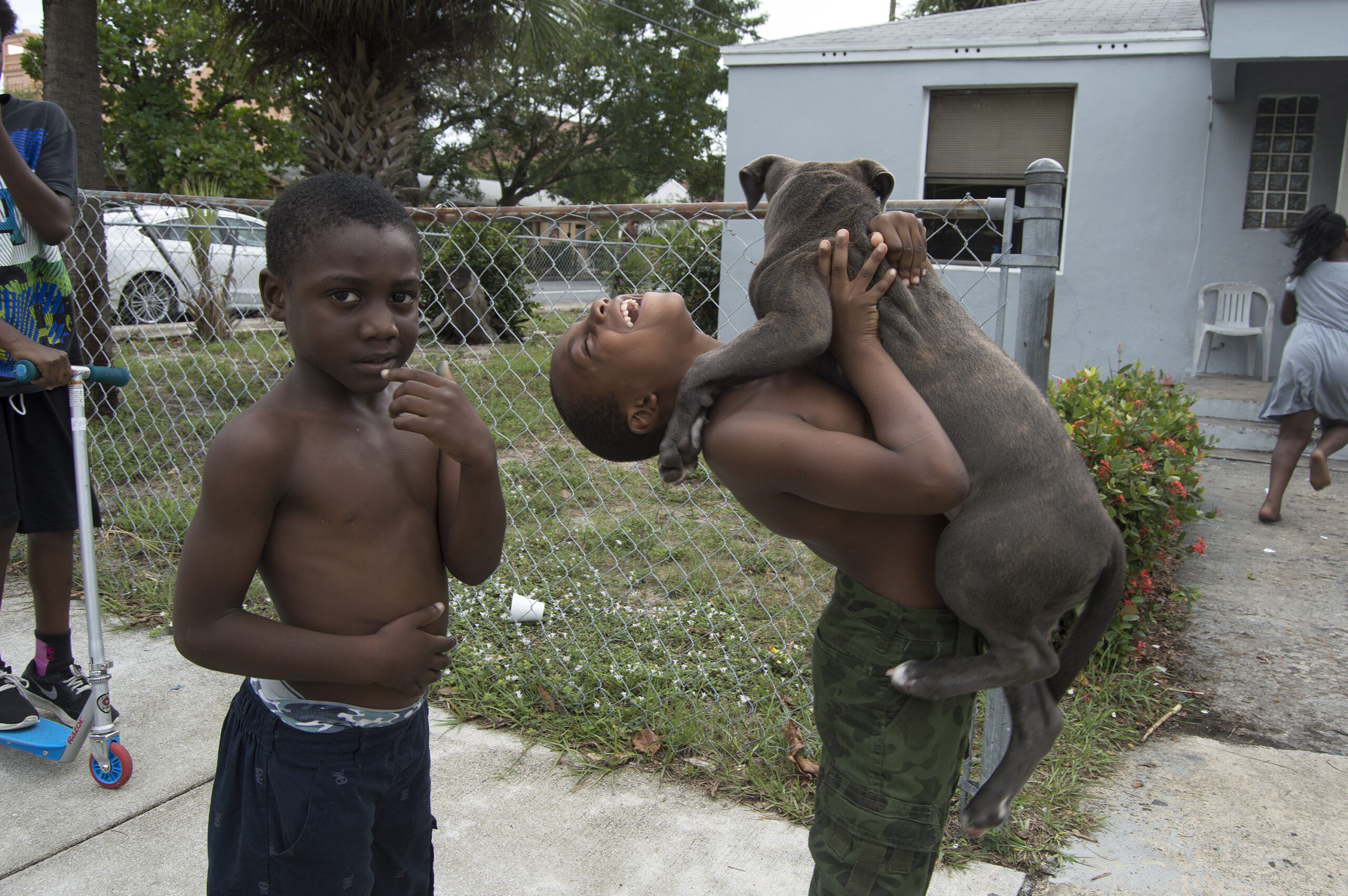
For Black bodies, demands for equitable accountability are always subject to interpretation; defensively rejected as nonessential or passively placated rather than critically assessed and rectified. The disconcerting regularity of racialized aggressions that BIPOC (Black, indigenous and People of Color) communities experience when engaging predominantly white institutions is numbing. The issue is compounded by the growing displacement of African American and Black Caribbean populations in Miami Dade County; a city that has relied on Black labor to establish its economic power but maintains trepidation about Black presence in the region.
Historian Anthony P. Maingot notes that “Of the 29,571 residents in Miami in 1920, 9,259 or 30% were Black, of whom 4,815 or 52% were from the Bahamas and the West Indian Islands. Similarly, 8,000 of the 25,000 people in Key West at the end of the 19th century were Bahamian.”
By the end of the 20th century, unconstitutional zoning ordinances, discriminatory public transportation policies, and projects by the Florida State Road Department, including the construction of Highway I-95 and 395 drastically displaced Black communities in Miami-Dade County. The most recent census data indicates that only 17% of residents in South Florida currently identify as Black, 12% as white and not Hispanic Latino, and 69% dually identify as white and Hispanic Latino, leaving less than 2% who identify as mixed race, indigenous or other.
Performances of racially biased microaggressions and anti-Blackness are aggravated by state-sanctioned policies that disenfranchise and segregate communities between those that identify as white and those that are determined to be Black. The distinction encourages a hyper-marginalization of Black communities in Miami that are not only targeted based on race, but are further discriminated against based on color, nationality and ethnicity.
The practice of exclusion that has been normalized as fixed conscious and unconscious acts of anti-Blackness are exacerbated when arts nonprofits continue to omit or casuistically scrutinize the inclusion of material culture and creative production furnished by African diasporic populations.
When Rahaman brought up issues of racial discrimination, she was gaslighted by the institution; they refused to consider the validity of her concerns and created barriers to making the work more accessible. It was those actions that forced Rahaman to withdraw her exhibition. She recently released an Open Letter that thoroughly outlined her experience with HistoryMiami.
Today, HistoryMiami Executive Director, Jorge Zamanillo offered a response that now promises to address many of the concerns that they previously dismissed including diversifying its board and retiring the Henry Flagler Award. In the response, Zamanillo acknowledged that Flagler “built his railroad empire using forced Black labor practices, leasing African American incarcerated labor from the State, and had anti-Semitic beliefs.”
It is frustrating that public shaming and the potential loss of capital are the only triggers that force museums to assess and reform policies that enable anti-Blackness. Museums are not neutral. The theatrics of inclusivity obstruct the possibilities of progress.
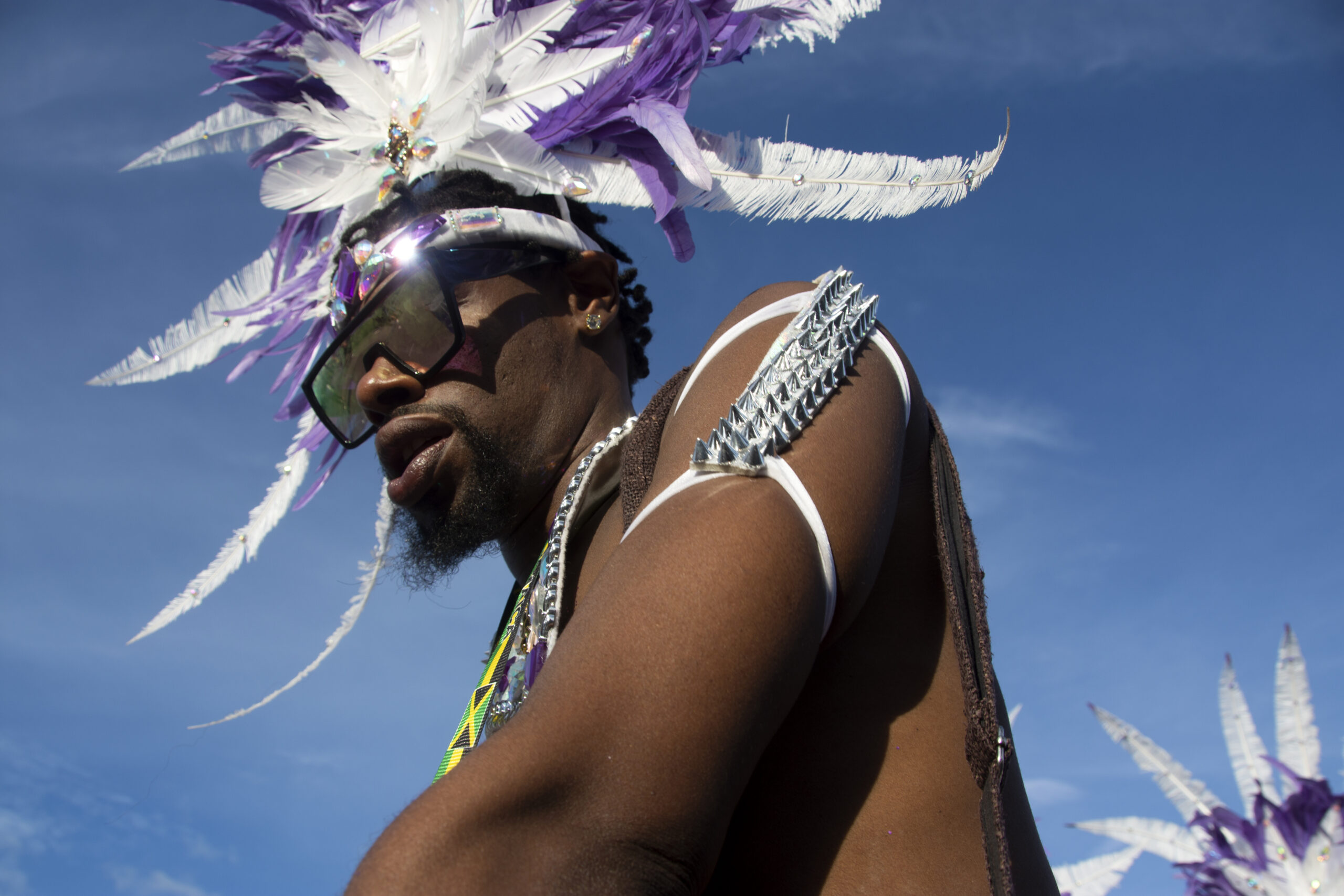
Though disappointing and deeply frustrating, Rahaman is determined to exhibit the series with institutions that not only condemn anti-Blackness, but also demonstrate a commitment to addressing longstanding disparities.
“Losing the exhibition doesn’t bother me,” Rahaman said. “I keep going back to a quote from Dr. Angela Y. Davis, ‘The victories we do win, are not always the victories we fought for. But we should celebrate them nonetheless.’
“My hope is that the exhibition will travel throughout Black communities in Florida,” Rahaman affirmed. “I know that the community will support me in bringing the exhibition to them. I may also donate the entire exhibition to Florida Memorial University.”
“I love photographing Black people,” Rahaman continued, “so, if I never showed this work anywhere but in the public domain online, if it ends up being right where it is, [or] it never got funded again, I’m good with that. I do the project because I want to do it, and because the community loves the work.”
